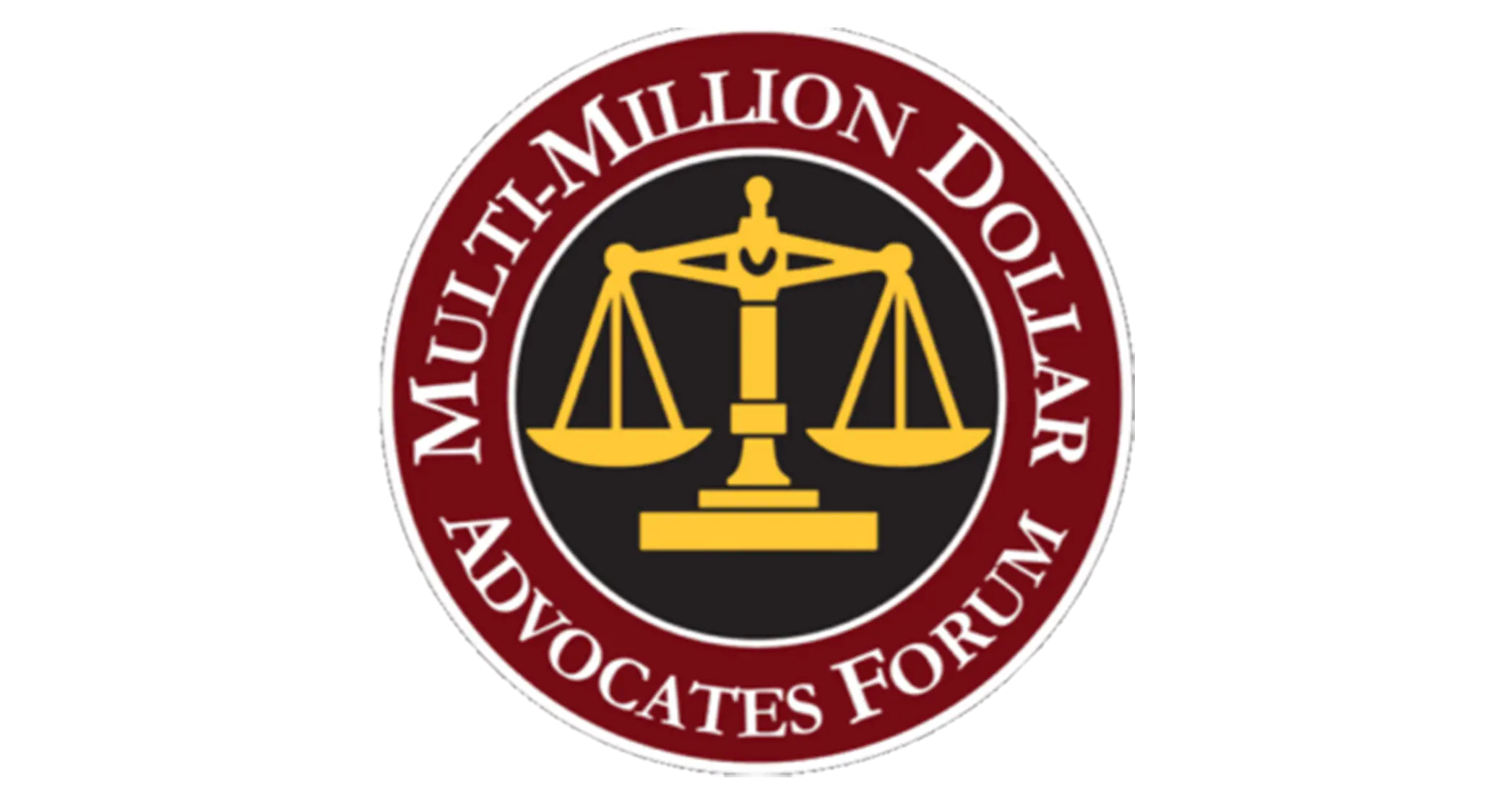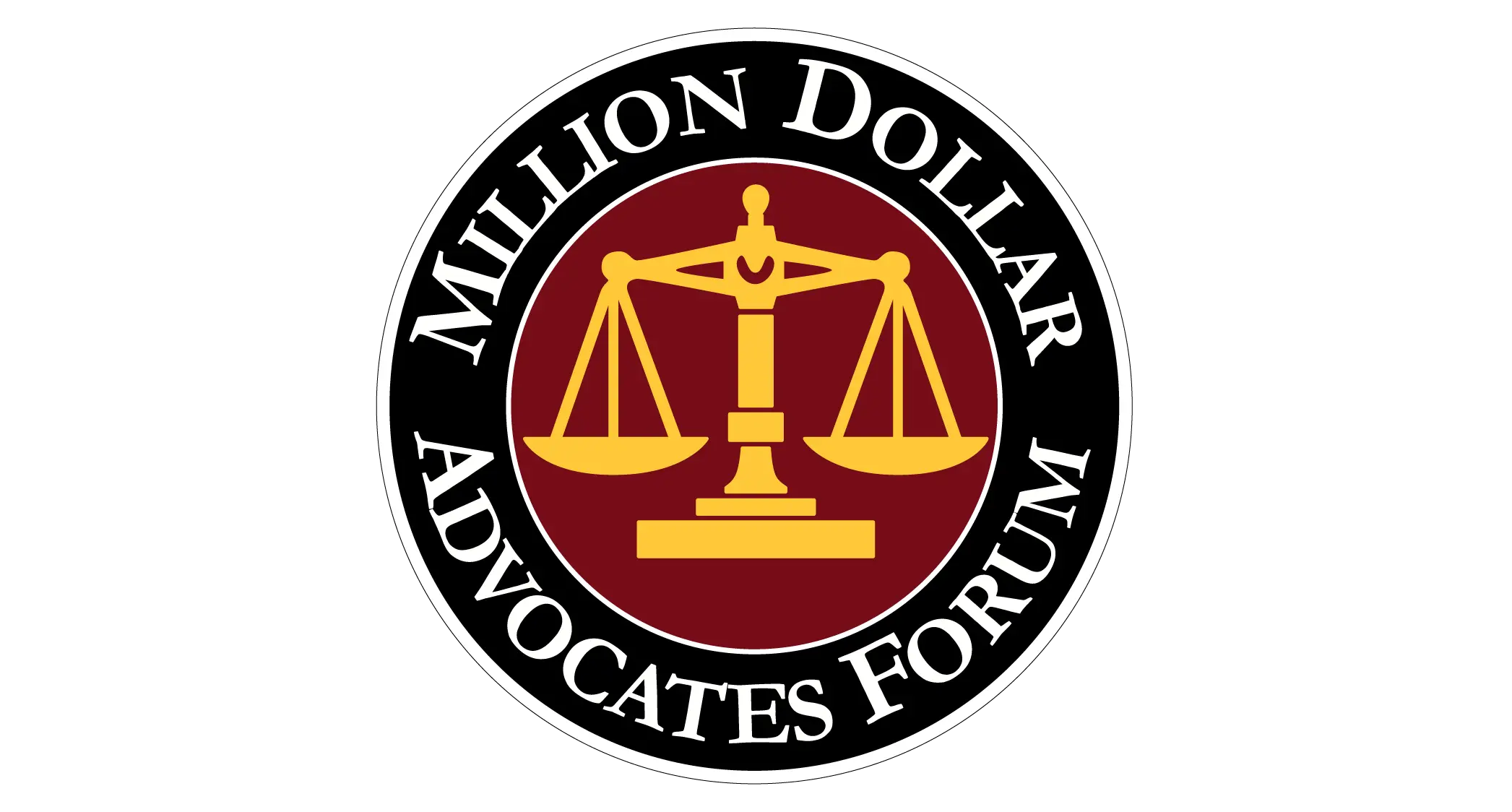Millions of people are afraid to fly, preferring to drive to their destination whenever possible. It is true that one in 1.2 million airplane flights involve some kind of accident. But compare that with the numbers of car and auto wrecks that happen every day and you’ll see that airplane travel is actually much safer.
So why do we dread air travel, and why are we aggrieved but not necessarily surprised when we hear news reports of airplane crashes? One reason is that when aircraft do get into accidents, they can be much more devastating, affecting hundreds of victims and their loved ones at once. For families of plane and helicopter crash accident victims, the consequences, both emotional and financial, can be catastrophic.
Because aviation accident cases are so complex, if someone in your family has been the victim of an airplane crash, it’s important to make sure you’re represented throughout any official investigation by an experienced attorney like the ones at The Louthian Firm Accident & Injury Lawyers. As the investigation progresses, we’ll be supporting you, seeking truth and securing justice. Contact us today by using our online form or call 803-592-6231 for a free evaluation of your personal injury case.
COMMERCIAL AIRLINE ACCIDENTS
Commercial airlines operate under special federal and state rules because they are “common carriers”; they transport people for a fee. That means they’re legally required to be more careful than a private citizen must be — and may be liable for significantly more damages as a result. The federal agencies in charge of regulating commercial airlines are the National Transportation Safety Board (NTSB) and the Federal Aviation Administration (FAA).
Airline carriers can be sued by survivors of plane crashes and by families of those killed in an aviation disaster. But there are numerous others who could be liable, including the manufacturer of the aircraft or one of the suppliers of its many parts. Negligent air traffic controllers and the airport itself have also been implicated in commercial aircraft disasters. Unfortunately, pilot error is still the leading cause of plane crashes.
The cause of an aviation accident is often not clear at first; evidence may be destroyed in the crash, frustrating efforts to identify exactly who was responsible for the disaster. This delay can be an excruciating time for a family suffering the loss of a loved one. The Louthian Firm Accident & Injury Lawyers is family-owned and family-focused. When your family needs help, our South Carolina aviation accident lawyers will be there for you.
GENERAL AVIATION ACCIDENTS
The term “general aviation” refers to all civilian flying except scheduled passenger airlines. More than 90 percent of the roughly 240,000 civil aircraft registered in the United States are general aviation aircraft – from small, single-engine planes to corporate jets.
In 2012, there were 1,471 general aviation accidents in the U.S., killing 432 on board. When noncommercial aircraft crash, their pilots, manufacturers, mechanics and others involved in the design and maintenance of the craft are legally liable for the results, under all the same laws that govern injuries on the ground. A small plane may crash because of poor maintenance, pilot error, bad judgment calls regarding weather, or air traffic control mistakes. In addition to harming those on board the aircraft, a general aviation accident may damage property on the ground when the plane attempts an emergency landing or falls in an uncontrolled plunge from the sky.
Because there are so many small-plane accidents, they’re more likely to happen close to home, or to someone close to your heart.
Here are some of the recent general aviation accidents that have taken the lives of South Carolina residents:
- On March 8, 2014, a small plane crashed in the front yard of someone’s home in Hartsville, Darlington County, SC. The pilot and two passengers were killed.
- A privately owned Beechcraft crashed at the entrance to a Conway, SC, subdivision in August of 2013, killing the three on board.
- Two South Carolina men, from Greenville and Greer, were killed in a May 2013 crash of a single-engine plane over central Georgia.
HELICOPTER SIGHTSEEING ACCIDENTS
A helicopter tour is a popular way to see the sights, especially when the area has geographic features that can best be appreciated from a distance, locations like Niagara Falls, the Grand Canyon, the glaciers of Alaska and the beautiful islands of Hawaii. Most tourists get an unforgettable view of these natural wonders, but, sadly, some are victims of sightseeing helicopter crashes. Between 2000 and 2006, the NTSB recorded more than 140 sightseeing-flight accidents in the U.S., 19 of them fatal. Helicopter flights accounted for more than half of the fatal crashes.
- In March 2007, four people died when a Heli-USA Airways helicopter crashed at Princeville Airport on Kauai.
- A helicopter manufacturer and a parts maker agreed to pay $9.5 million to a New Hampshire couple seriously injured in a 2007 crash of a Hawaiian tour helicopter. The Boeing Co. and Aluminum Precision Products settled a lawsuit filed by a woman, who was left paralyzed from the waist down, and her husband, whose injuries prevented him from returning to work.
- Three passengers drowned in 2005 after a helicopter crashed into the ocean off the coast of Kauai.
- A Blue Hawaiian helicopter crashed in July 2000, killing the pilot and six passengers. An NTSB report said the pilot failed to maintain enough altitude over the terrain amid low-lying clouds and the helicopter slammed into the side of a ridge in the valley.
- Inadequate maintenance likely led to a helicopter crash that killed five people outside of Las Vegas in December 2011, according to the NTSB.
- One woman survived when a helicopter crashed into a cliff during a 2001 sightseeing tour to the Grand Canyon. The mother of two suffered a broken back, burns over 80 percent of her body, and had both legs amputated. A lawsuit naming the tour company, pilot, helicopter manufacturer and engine parts manufacturer ended in a confidential settlement.
Helicopter safety is an ongoing topic in the aviation world. In January 2014, the NTSB released its annual Most Wanted List. Included on the list is a call to “address the unique characteristics of helicopter operations.” Areas of concern are inspection and maintenance; duty-time regulations that take into consideration factors such as start time, workload, shift changes, circadian rhythms, adequate rest time, and other factors shown to affect alertness; formalized dispatch and flight-following procedures; pilot training on instrument meteorological conditions and autorotation; and the placement of crash-resistant flight recorder systems.
All of these are factors that should be investigated when a sightseeing helicopter goes down. At The Louthian Firm Accident & Injury Lawyers, we employ personal interviews, meticulous research, and seasoned investigators to help bring resolution to life’s most challenging moments. If you or a family member experienced a horrifying helicopter crash, call us at 803-592-6231 or contact us through our on-line message form.
MEDICAL FLIGHT ACCIDENTS
Medical helicopters undertake some of the most dangerous flights, often skimming a few hundred feet above the ground, called upon to land on highways, mountains and farms, and often many miles from the nearest airport weather station. They are not required to have terrain awareness and warning systems (TAWS), night-vision goggles, flight data recorders, detailed weather reporting or ground personnel in charge of flight dispatch and in-flight tracking. More than half of all EMS helicopter crashes happen at night or in poor visibility, and nearly half of all fatal medical flight crashes occur at accident scenes where the terrain and power lines can pose risks.
When an EMS helicopter goes down, it’s often with catastrophic results. Between 1972 and 2008, air ambulances crashed 264 times, killing 264 people. In 2008 alone, 12 EMS helicopter crashes claimed the lives of 29 crew members and patients. If you lost a loved one who needed speedy transportation to the hospital but was lost in a fatal EMS helicopter crash, let the compassionate lawyers of The Louthian Firm Accident & Injury Lawyers seek justice for your family.
CONTACT A SOUTH CAROLINA AIRPLANE ACCIDENT ATTORNEY TODAY
Aviation accidents are a complex area of the law, involving state, federal and sometimes even international regulations. At the The Louthian Firm Accident & Injury Lawyers, we have represented accident victims and other injured South Carolinians since 1959. We know our clients have often suffered life-changing injuries that can be financially as well as personally devastating; that’s why we offer free case evaluations and never take a dime until we win your case. To speak confidentially with The Louthian Firm Accident & Injury Lawyers, call us today at 803-592-6231 or fill out our online case evaluation form.






